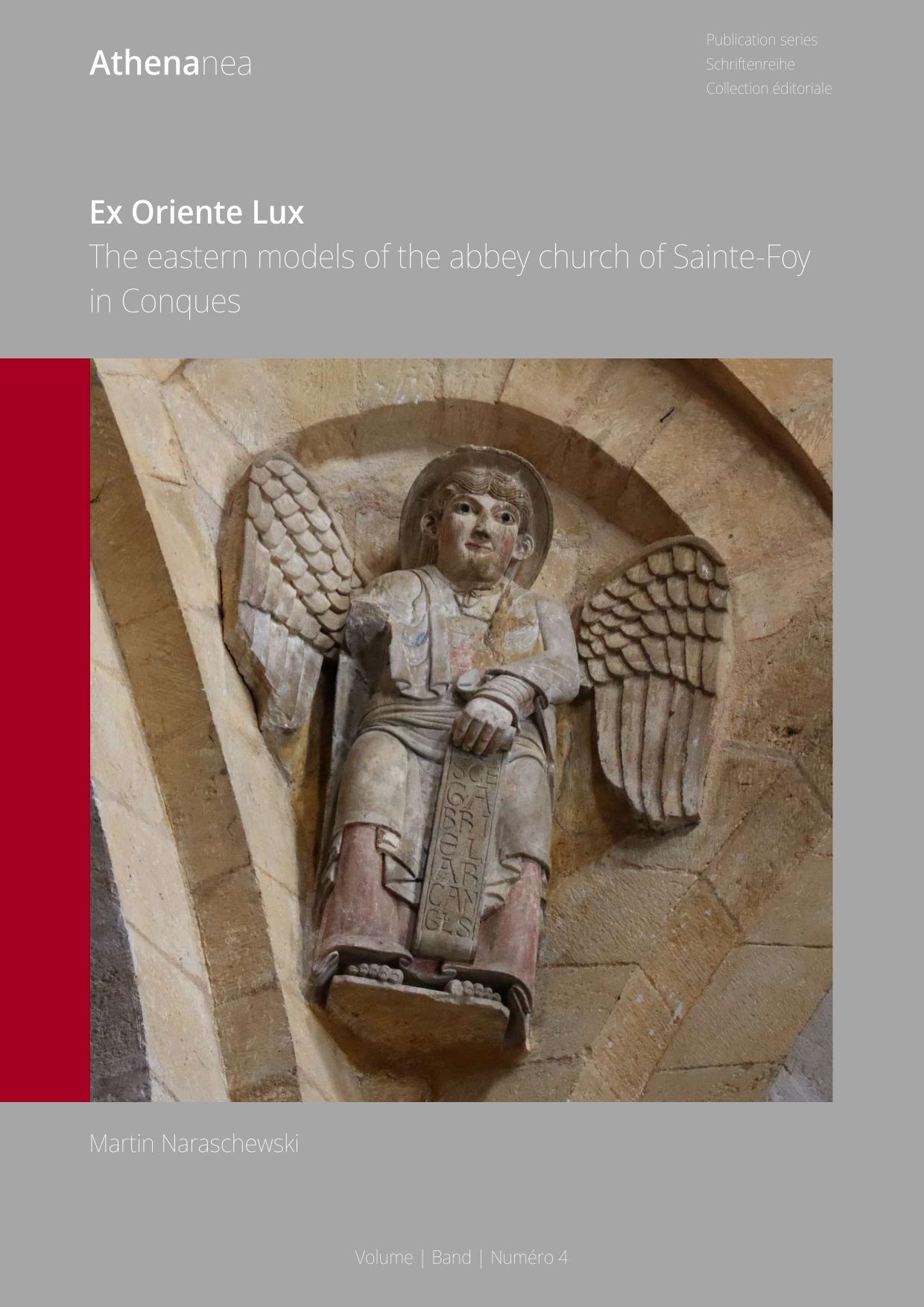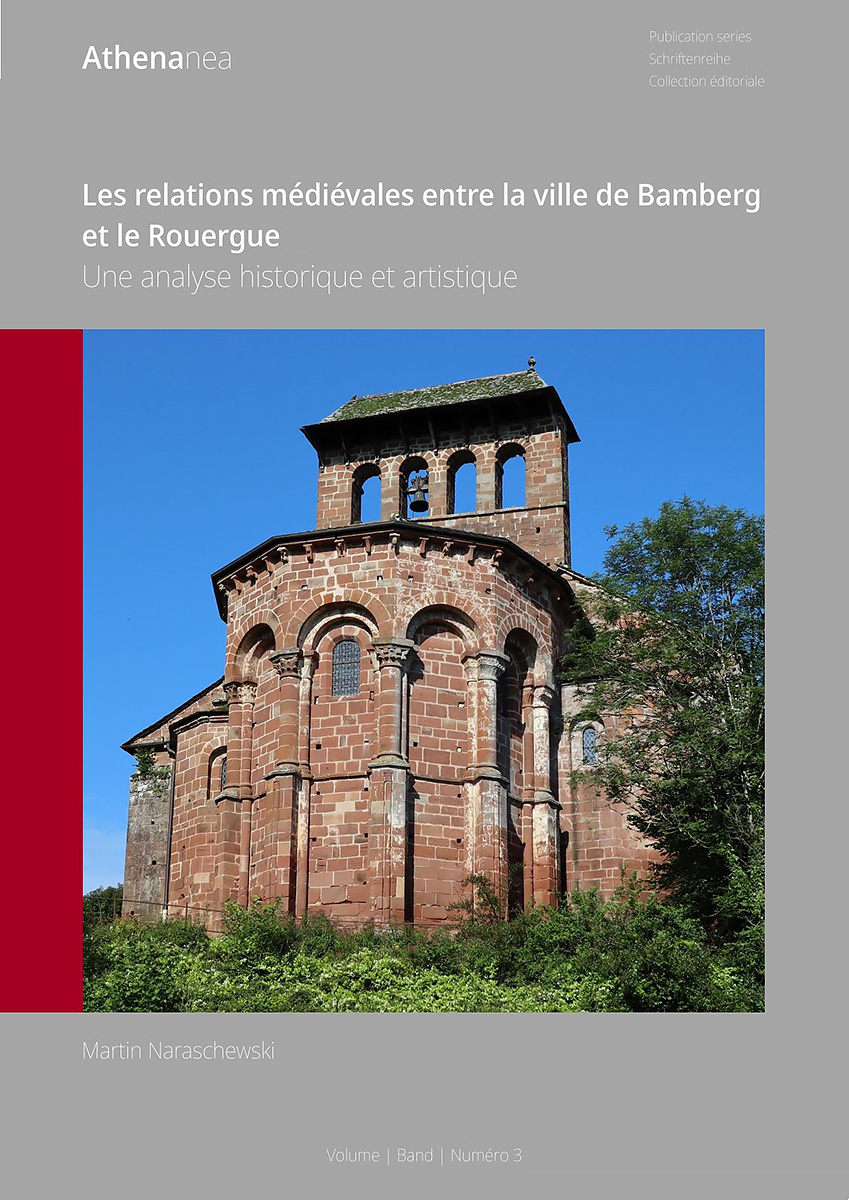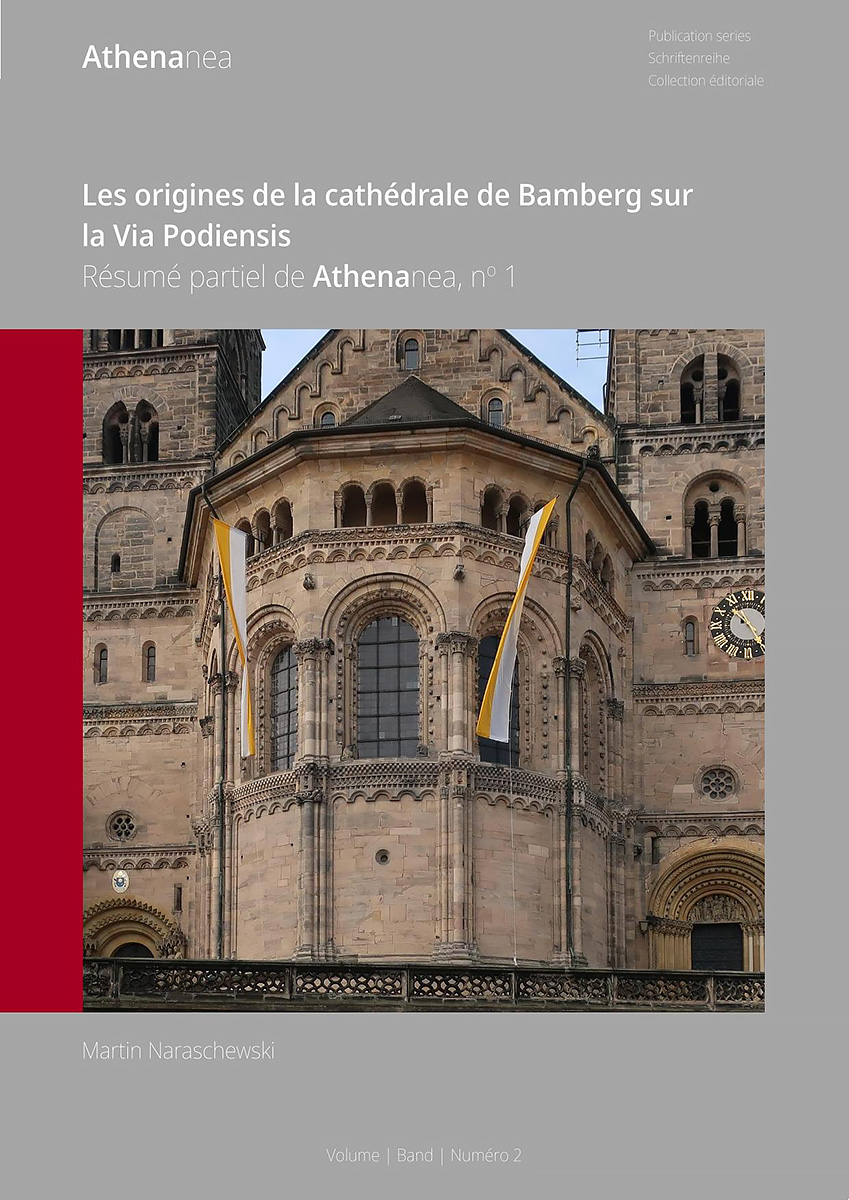Art history in the digital age
Athenanea is a multilingual e-publication series for original research on the history of art, architecture, and design. A particular focus is on the relations to culture and society. The publications are openly available under a Creative Commons license. The digital nature of Athenanea provides it with advanced publishing capabilities, such as traceable updates via editions, documentation of comprehensive data sets, and permanent digital access via public archives.
Recent Volumes
Volume 4
Ex Oriente Lux
The eastern models of the abbey church of Sainte-Foy in Conques
Martin Naraschewski
Volume 3
Les relations médiévales entre la ville de Bamberg et le Rouergue
Une analyse historique et artistique
Martin Naraschewski
Volume 2
Les origines de la cathédrale de Bamberg sur la Via Podiensis
Résumé partiel de Athenanea, nº 1
Martin Naraschewski
About Athenanea
Athenanea or the new Pallas Athene, an allusion to the Greek goddess of wisdom (image on the left/above), stands for a novel, author-driven approach to the publication of art historical research. While traditional scientific journals with peer review have their merits, they are increasingly confronted with the new realities of the digital age, requiring faster publication cycles, open access, more space to present complex data sets or embedded links to digital visualizations.
Athenanea is a new e-publication series for original research on the history of art, architecture, and design. A particular focus is on the relations to culture and society. It meets the documentation and citation standards of other scientific e-journals. Athenanea is multilingual and supports publications in English, German, and French.
Athenanea allows faster publication cycles with dynamic, yet traceable updates of publications through incremental editions. This approach allows to keep monographs up-to-date, rather than communicating new findings through additional publications. In addition, Athenanea is an independent publication platform for interdisciplinary approaches and perspectives as well as for more extended monographs that do not meet the editorial requirements of established scientific journals.
The Design
The design of Athenanea is inspired by the sculpture of Athena of Velletri at the Louvre in Paris and her equivalent at the Glyptothek in Munich (image above).
The light grey color of Athenanea alludes in a generalized way to the various sorts of stone from which ancient sculptures, like the Athena of Velletri, were formed.
One of the most iconic elements of the Athena of Velletri is her Corinthian helmet. The red bar of the Athenanea design reflects the long vertical line which is formed by the nose protector and the gap between the two cheek protectors of this helmet. The sculpture of Athena of Velletri at the Louvre exhibits also similar traces of red color around her eyes and her mouth.
Alternatively, the grey color can be seen as a reference to concrete, the highly versatile building material that creates a link between the Pantheon in Rome and the high rise buildings of the 21st century. The combination of the grey background color with the red bar adds a distinctive Bauhaus touch to the volumes of the Athenanea publication series.
The abstraction of these elements in a minimalistic design aims to establish an artistic link between antiquity and the digital age.


